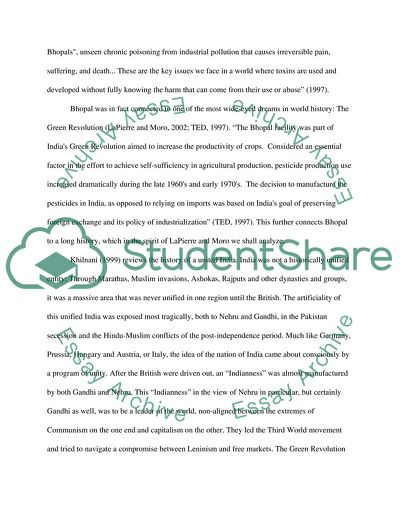Cite this document
(Analysis of Five Past Midnight in Bhopal Book Report/Review, n.d.)
Analysis of Five Past Midnight in Bhopal Book Report/Review. https://studentshare.org/anthropology/1749479-a-book-review-on-five-past-midnight-in-bhopal
Analysis of Five Past Midnight in Bhopal Book Report/Review. https://studentshare.org/anthropology/1749479-a-book-review-on-five-past-midnight-in-bhopal
(Analysis of Five Past Midnight in Bhopal Book Report/Review)
Analysis of Five Past Midnight in Bhopal Book Report/Review. https://studentshare.org/anthropology/1749479-a-book-review-on-five-past-midnight-in-bhopal.
Analysis of Five Past Midnight in Bhopal Book Report/Review. https://studentshare.org/anthropology/1749479-a-book-review-on-five-past-midnight-in-bhopal.
“Analysis of Five Past Midnight in Bhopal Book Report/Review”. https://studentshare.org/anthropology/1749479-a-book-review-on-five-past-midnight-in-bhopal.


